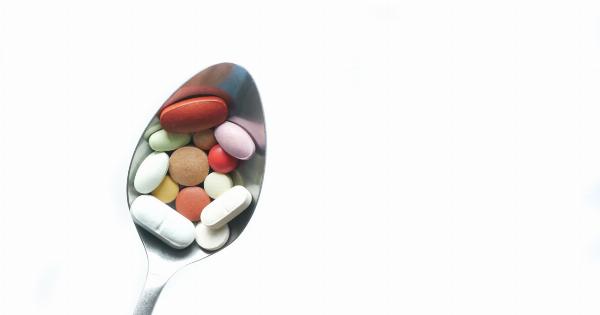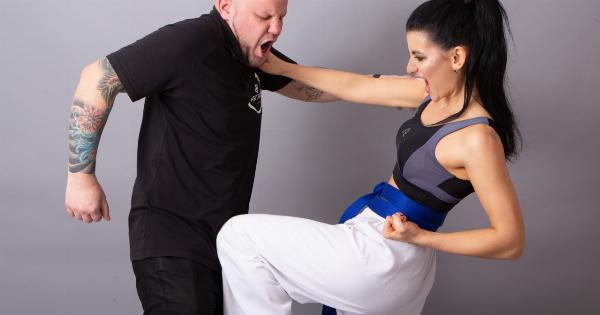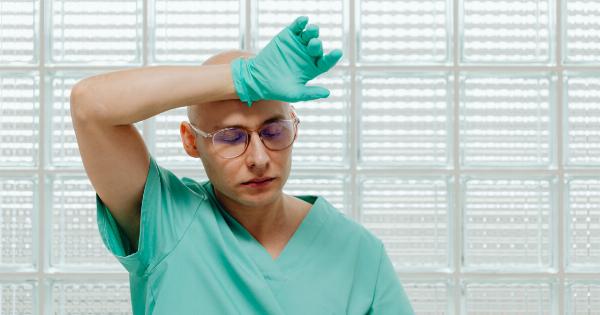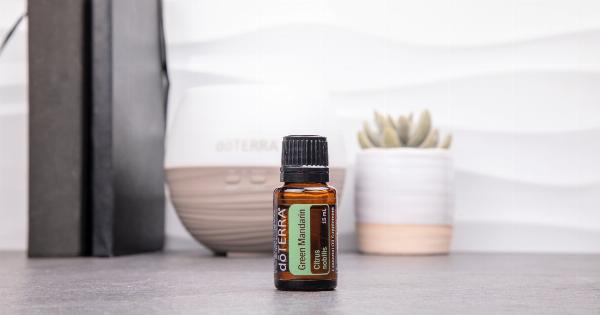If you are one of the many people who feel like they sweat too much, you are not alone. Excessive sweating, also known as hyperhidrosis, is a common condition that affects around 3% of the population worldwide.
It can be embarrassing and uncomfortable, and it can even interfere with your daily activities. If you are tired of dealing with excessive sweating, keep reading to learn more about the causes, symptoms, and treatments for hyperhidrosis.
What Causes Hyperhidrosis?
Hyperhidrosis is caused by overactive sweat glands. Sweat glands are designed to regulate body temperature by producing sweat when the body gets too hot.
However, in people with hyperhidrosis, the sweat glands produce too much sweat, even when the body does not need to cool down.
There are two types of hyperhidrosis: primary and secondary. Primary hyperhidrosis is when excessive sweating occurs on specific areas of the body, such as the hands, feet, armpits, or face, and it is not caused by an underlying condition.
Secondary hyperhidrosis, on the other hand, is when excessive sweating is caused by an underlying health condition, such as diabetes, thyroid problems, or menopause.
What Are the Symptoms of Hyperhidrosis?
The most obvious symptom of hyperhidrosis is excessive sweating. People with hyperhidrosis may sweat even when they are not hot or active, and they may sweat so much that it interferes with their daily activities.
For example, someone with hyperhidrosis may avoid shaking hands or wearing certain types of clothing because of their excessive sweating.
How Is Hyperhidrosis Diagnosed?
If you suspect that you have hyperhidrosis, you should see a doctor. Your doctor will ask you about your symptoms and medical history and perform a physical exam.
They may also perform certain tests, such as a sweat test or blood test, to rule out underlying health conditions that may be causing your excessive sweating.
What Are the Treatments for Hyperhidrosis?
There are several treatments available for hyperhidrosis, depending on the severity of your condition and the areas of the body affected. Here are some of the most common treatments:.
Antiperspirants
Antiperspirants are the simplest and most common treatment for hyperhidrosis. They work by blocking the sweat ducts and reducing the amount of sweat that is produced. Antiperspirants can be purchased over-the-counter or prescribed by a doctor.
Prescription Medications
If antiperspirants are not effective, your doctor may prescribe a medication to reduce sweating. These medications work by blocking the chemicals that stimulate the sweat glands.
There are several different types of medications available, and your doctor will determine which one is best for you based on your symptoms and medical history.
Iontophoresis
Iontophoresis is a non-invasive treatment that involves placing the affected area(s) in water that is charged with a low electrical current. The electrical current temporarily blocks the sweat glands and reduces the amount of sweat that is produced.
Iontophoresis can be done in a medical office or at home with a special machine.
Botox Injections
Botox injections are a more invasive treatment that involves injecting the affected area(s) with botulinum toxin, which temporarily paralyzes the sweat glands.
Botox injections are typically used for excessive sweating on the hands or armpits and can last for several months before another injection is needed.
Surgery
In severe cases, surgery may be necessary to remove the sweat glands or to cut the nerves that stimulate the sweat glands. Surgery is typically only done as a last resort when other treatments have failed.
Conclusion
If you feel like you sweat too much, there are several treatments available to help you manage your symptoms. Talk to your doctor about which treatment is right for you.
With the right treatment, you can reduce your sweating and get back to enjoying your daily activities without embarrassment or discomfort.





























